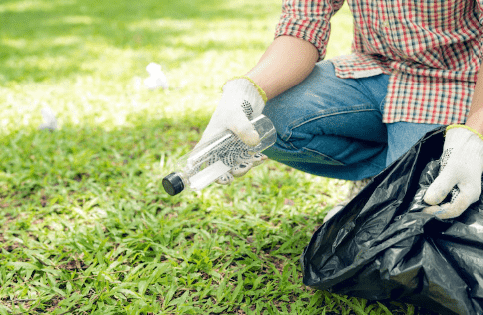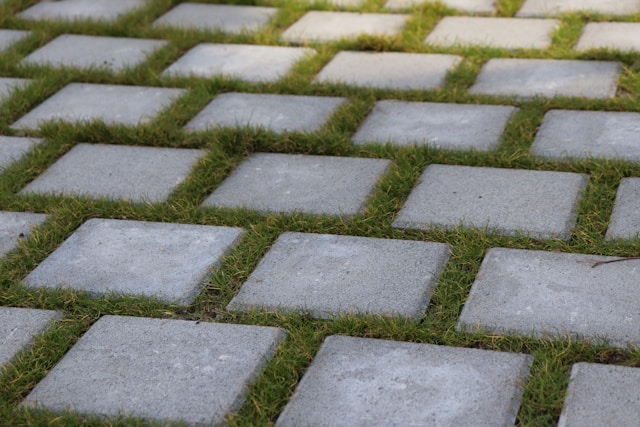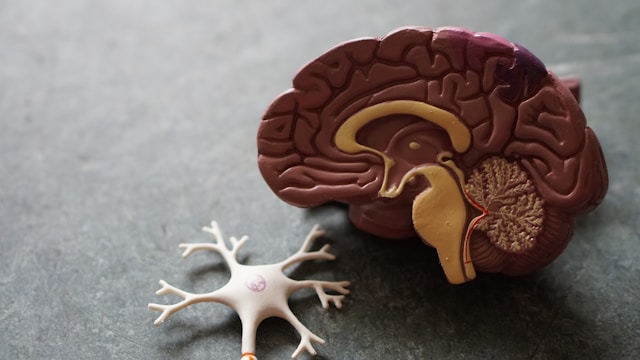The Grenadines, an archipelago of 32 picturesque islands and cays in the Caribbean offer a spectacular setting for those looking to explore the tropical essence of the region this summer via yacht charter. Located in the southern half of the Windward Islands, these islands boast a diverse and broad range of landscapes, from lush rainforests to pristine beaches and vibrant coral reefs. An exotic paradise renowned for its stunning natural beauty, tranquil waters, and rich marine life makes it an ideal destination for a catamaran charter. Chartering a catamaran to explore the Grenadines offers several advantages. Catamarans provide stability, comfort, and ample space, ensuring a smooth and enjoyable cruising experience. The vessel’s shallow draft allows for easy access to the region’s many secluded bays and anchorages, while their dual hulls offer greater stability, making them ideal for long-range travel. With several luxury sail and power catamarans available for charter, this ensures charterers have the freedom to leisurely explore the numerous islands, each offering its unique charm and attractions.
The Grenadines remain a popular charter destination, especially in the summer months when the weather is warm and the seas are calm. The area’s natural beauty, from the turquoise waters and white sandy beaches to the lush greenery and colourful underwater life, creates a stunning backdrop for a catamaran charter. The Grenadines offer a mix of bustling islands with vibrant culture and quieter, more secluded spots perfect for relaxation and exploration. We recommend starting your catamaran yacht charter through the Grenadines in the capital, Kingstown, on the largest island of St. Vincent, where you can explore historic sites like Fort Charlotte and the Botanical Gardens. The island’s volcanic landscape offers exciting hikes, such as the trek to the summit of La Soufrière volcano, providing breathtaking views and a sense of adventure.
Cruising to Bequia, you’ll find a lively island with a charming port town, Port Elizabeth, where you can explore upscale restaurants, cafes, and boutiques. The island’s coastlines are perfect for snorkelling and diving, home to over 225 species of tropical fish. Next, head to Canouan, a yachting hotspot with world-class amenities. The island boasts luxury resorts, gourmet dining, and a beautiful golf course at the Grenadines Estate Golf Club. The island’s immaculate beaches and clear waters make it a perfect spot for water sports and relaxation.
Mustique, a private island known for its exclusivity and luxury, is another must-visit. The island features stunning villas, high-end resorts, and beautiful gardens. Enjoy a slow stroll through its charming villages, enjoy a spa day, or relax on one of its secluded beaches. The Tobago Cays National Marine Park is the high point of any Grenadines charter. This protected area offers some of the best snorkelling and diving in the Caribbean, with vibrant coral reefs and abundant marine life. The park’s serene beauty and warm, sparkling waters create an unforgettable experience. Union Island, known for its dramatic landscapes and vibrant harbour, is perfect for those seeking adventure. The island offers excellent hiking, and its port is lined with elegant boutiques and cafes, providing a mix of outdoor activities and leisurely pursuits.
Chartering a catamaran to the Grenadines this summer promises a luxurious and adventurous experience. With its diverse landscapes, rich marine life, and tranquil waters, the Grenadines offer the perfect backdrop for an unforgettable summer yacht charter.







